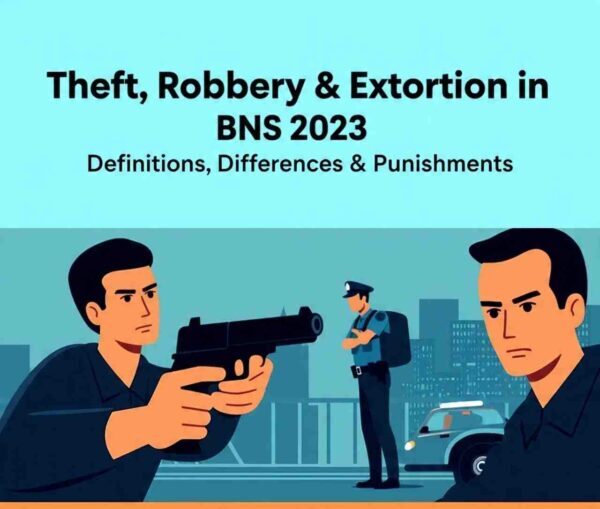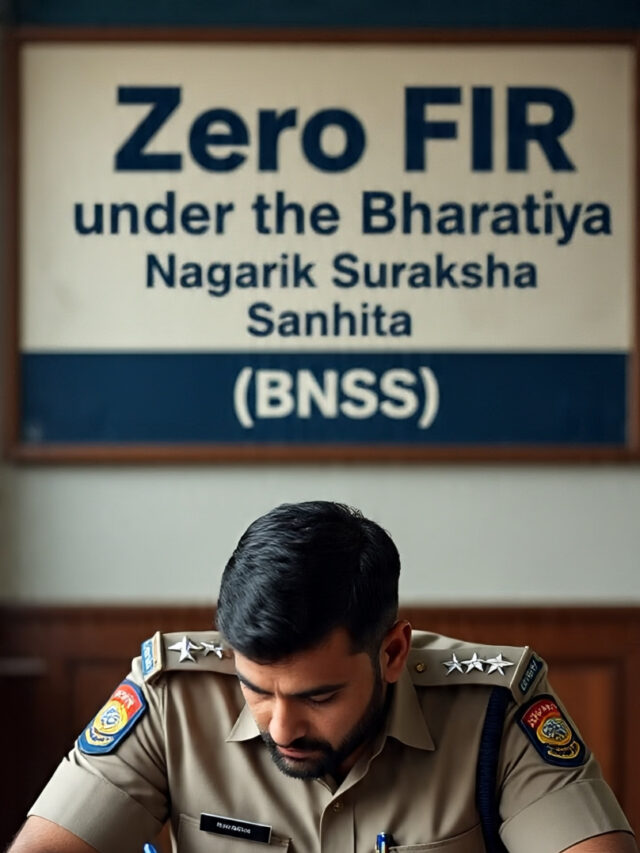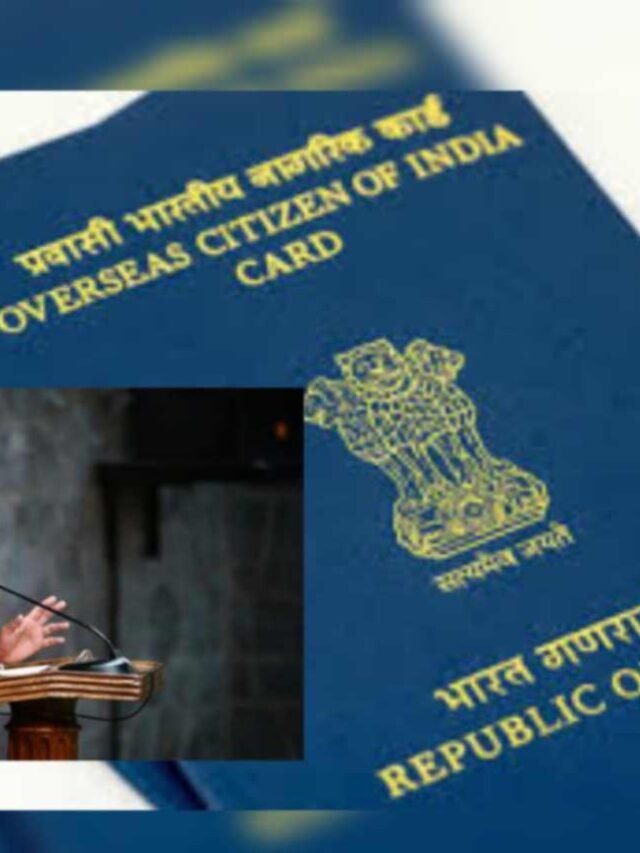The Indian criminal justice system has undergone a major reform with the introduction of the Bharatiya Nyaya Sanhita (BNS), 2023, which replaces the Indian Penal Code (IPC) of 1860. While many legal principles remain intact, BNS simplifies and modernizes the language and structure of criminal offences.
The three frequently confused offences—Theft, Robbery, and Extortion—have been redefined and restructured under the BNS. Though they may appear similar at first glance as they all involve unlawful taking of property, the nature of the act, consent, force, and method used distinguish them legally.
Let’s explore each of these offences individually under BNS and understand the key differences.
Theft – Section 301 of BNS, 2023
Definition:
Theft involves the dishonest removal of movable property from someone’s possession without their permission, with the intent to permanently keep it.
Key Elements:
- Movable property: Movable property refers to items that can be physically transferred from one place to another.
- Without consent: The act must occur without the owner’s permission.
- Dishonest intention: The accused must intend to take the property for personal gain or to cause loss.
- Secretive act: Theft usually involves stealth or concealment.
Example:
If a person picks another person’s wallet from their bag without their knowledge, it amounts to theft.
Extortion – Section 302 of BNS, 2023
Definition:
“Extortion takes place when someone deliberately causes another person to fear harm and, through that fear, compels them to hand over property or any valuable security.”
Key Elements:
- Fear of harm: A threat is essential. The fear may be physical, emotional, or reputational.
- Delivery of property: The victim is compelled to give up their property under pressure.
- Consent obtained through coercion: Unlike theft, where there is no consent, extortion involves obtaining consent through fear.
- “Physical force isn’t necessary; even a simple threat is enough.”
Example:
If someone threatens to harm another person’s family unless they pay money, and the person pays out of fear, it is extortion.
Robbery – Section 303 of BNS, 2023
Definition:
When theft or extortion is carried out with violence, physical force, or the threat of immediate harm or death, it is classified as robbery.
Robbery is said to occur:
- When, during the act of theft, the offender voluntarily causes or attempts to cause death, hurt, or wrongful restraint, or instils fear of instant harm.
- Or, during extortion, if the offender puts the victim in fear of instant injury and compels them to deliver the property at that very moment.
Key Elements:
- Force or fear of immediate harm
- Property is taken through direct physical confrontation
- Combines aspects of both theft/extortion and violence
Example:
If someone points a gun at a person and snatches their phone, it is robbery. The use of immediate threat or force differentiates it from mere theft or extortion.
Comparison Table: Theft vs Extortion vs Robbery
| Element | Theft | Extortion | Robbery |
|---|---|---|---|
| Use of Force | ❌ No | ❌ No (only threat) | ✅ Yes (actual or threatened) |
| Consent | ❌ No consent | ✅ Yes, but through fear | ❌/✅ Consent under instant fear |
| Method | Secret taking | Threat-based coercion | Forceful or fear-based taking |
| Victim aware? | Usually unaware | Aware (gives under pressure) | Aware (forced or threatened) |
| BNS Section | 301 | 302 | 303 |
Punishments (As per BNS, 2023):
- Theft (Section 301): Punishable with imprisonment up to 7 years, and/or fine (depending on value and circumstances).
- Extortion (Section 302): Punishable with imprisonment up to 7 years, and/or fine.
- Robbery (Section 303): Considered more serious; imprisonment may extend to 10 years or more, with a fine. If armed or grievous hurt is involved, the punishment can increase further.
Conclusion:
Although Theft, Robbery, and Extortion all involve wrongful gain and unlawful deprivation of property, each offence has distinct characteristics under Bharatiya Nyaya Sanhita, 2023. Theft is silent and stealthy, extortion is coercive through threats, and robbery is violent and immediate.
Understanding these differences is not only important for legal professionals but also for ordinary citizens, as the implications of each vary in terms of severity and potential punishment. With the advent of BNS, the legal definitions have become more structured, aiming for clarity and modernization in criminal justice.

























